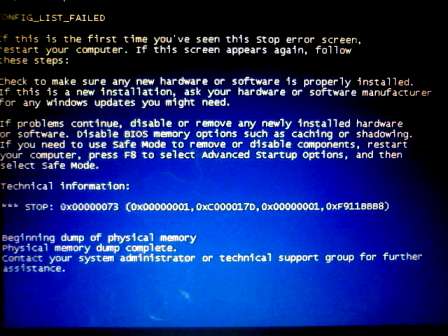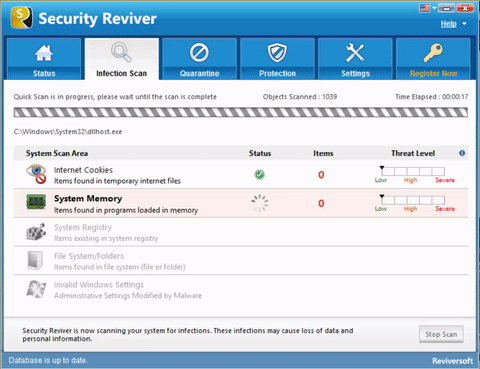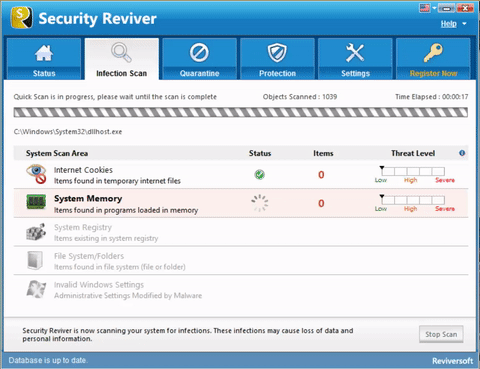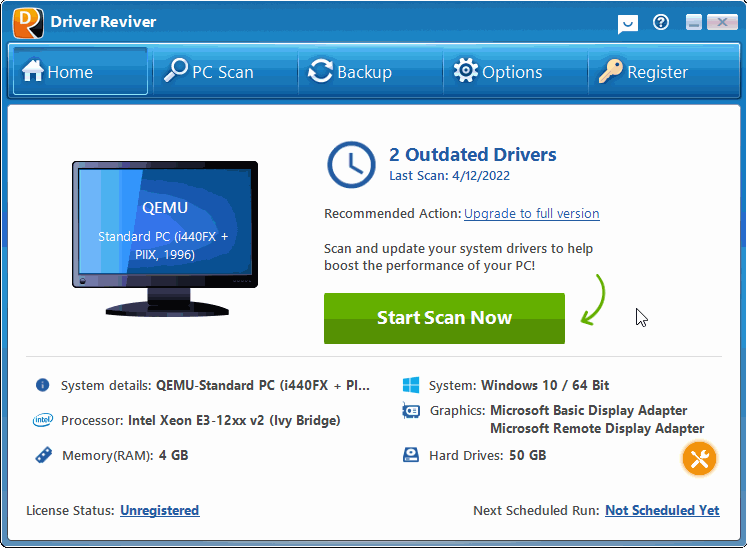The CONFIG_LIST_FAILED BSOD (Blue Screen of Death) error may appear during the initialization process for Windows Vista, XP, and 2000, and Windows 7 and 8. This error usually appears when the Windows Registry is unable to load files properly due to issues that relate to the RAM (Random Access Memory) and the hard drive. It means that the registry failed to initialize, resulting in the automatic shutdown of the computer to prevent damage and possible loss of unsaved data.
This BSOD error usually occurs when there are corrupted sectors in the hard disk, and when the disk space is almost full.
This BSOD error is also known as CONFIG_LIST_FAILED and “STOP 0x00000073“. Some users of Windows have reported this error, which normally appears on the screen during the initialization of the system as:

To resolve the CONFIG_LIST_FAILED BSOD error due to a defective RAM, you have to replace the RAM modules, and then restart the computer. If the problem persists, it may be resolved by disabling caching on the motherboard.
You can resolve this BSOD error by running a repair utility to fix corrupted sectors on the hard disk. You can do this in Windows XP by rebooting the computer using the Installation CD, and then pressing R at the first option to access the Recovery Console. You have to enter chkdsk c: /r at the command prompt in order to launch the operation that looks for defective sectors and cleans up bad sectors in the disk. Running this process also allows you to read and save any data from defective sectors.
If the BSOD error is due to unavailable disk space, you can free up disk space by removing deleted files from the Recycle Bin, compressing large files that take up large amounts of disk space, removing browser cached files, and installing a larger drive.





